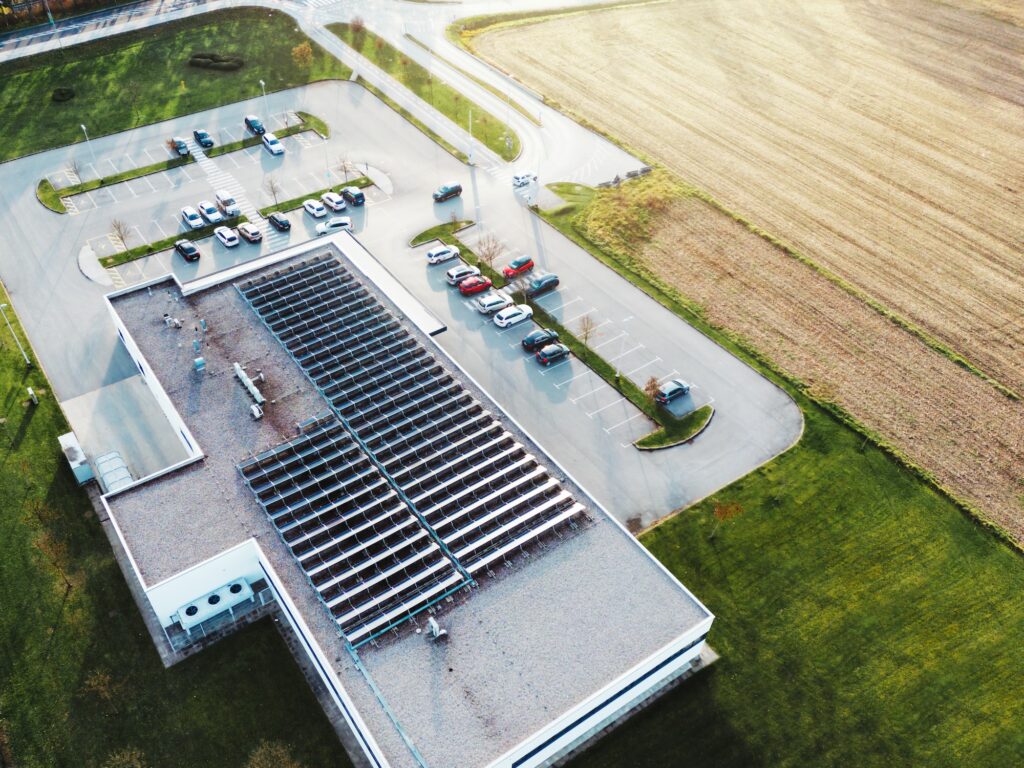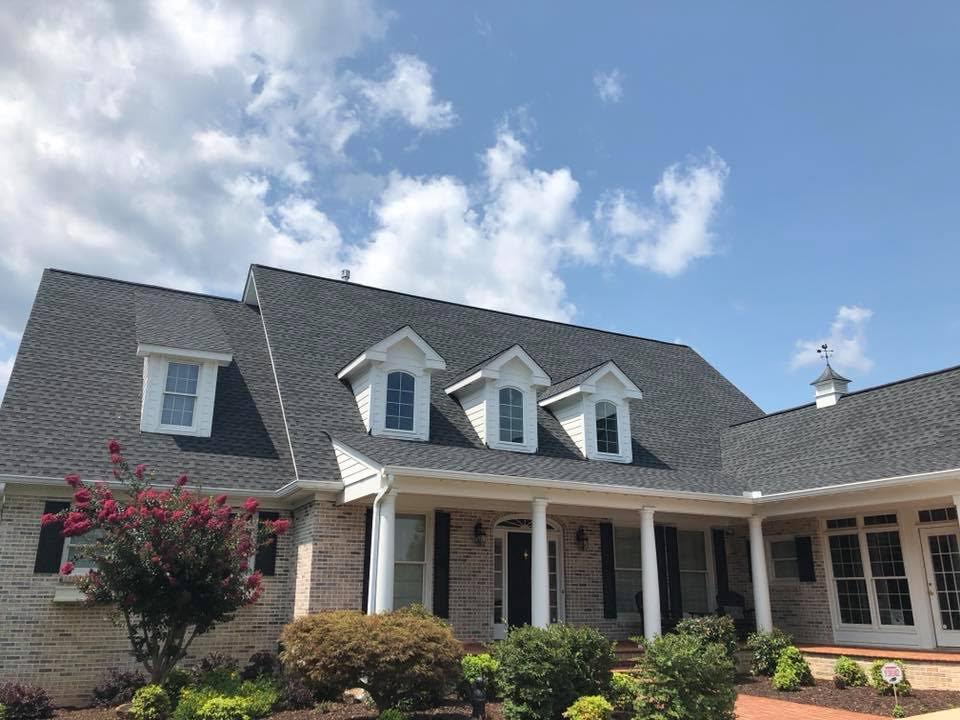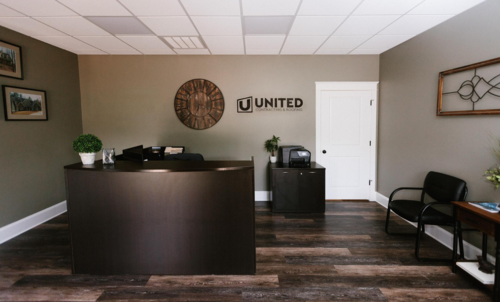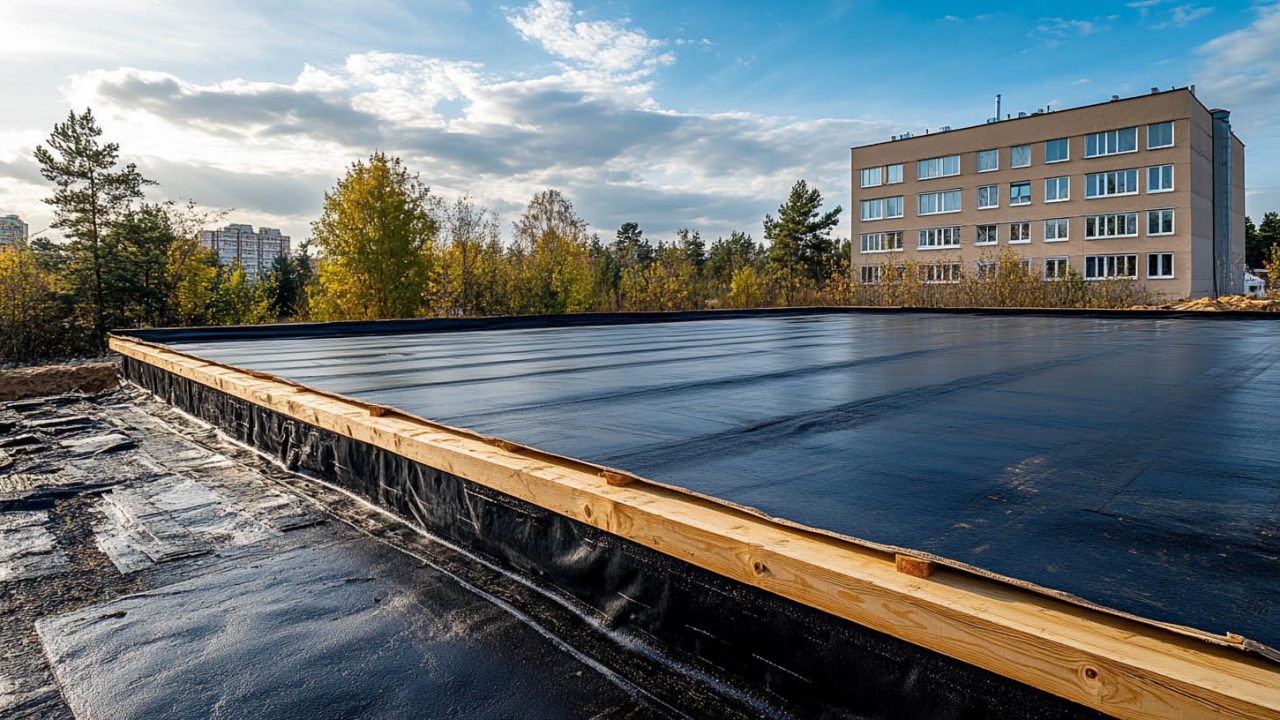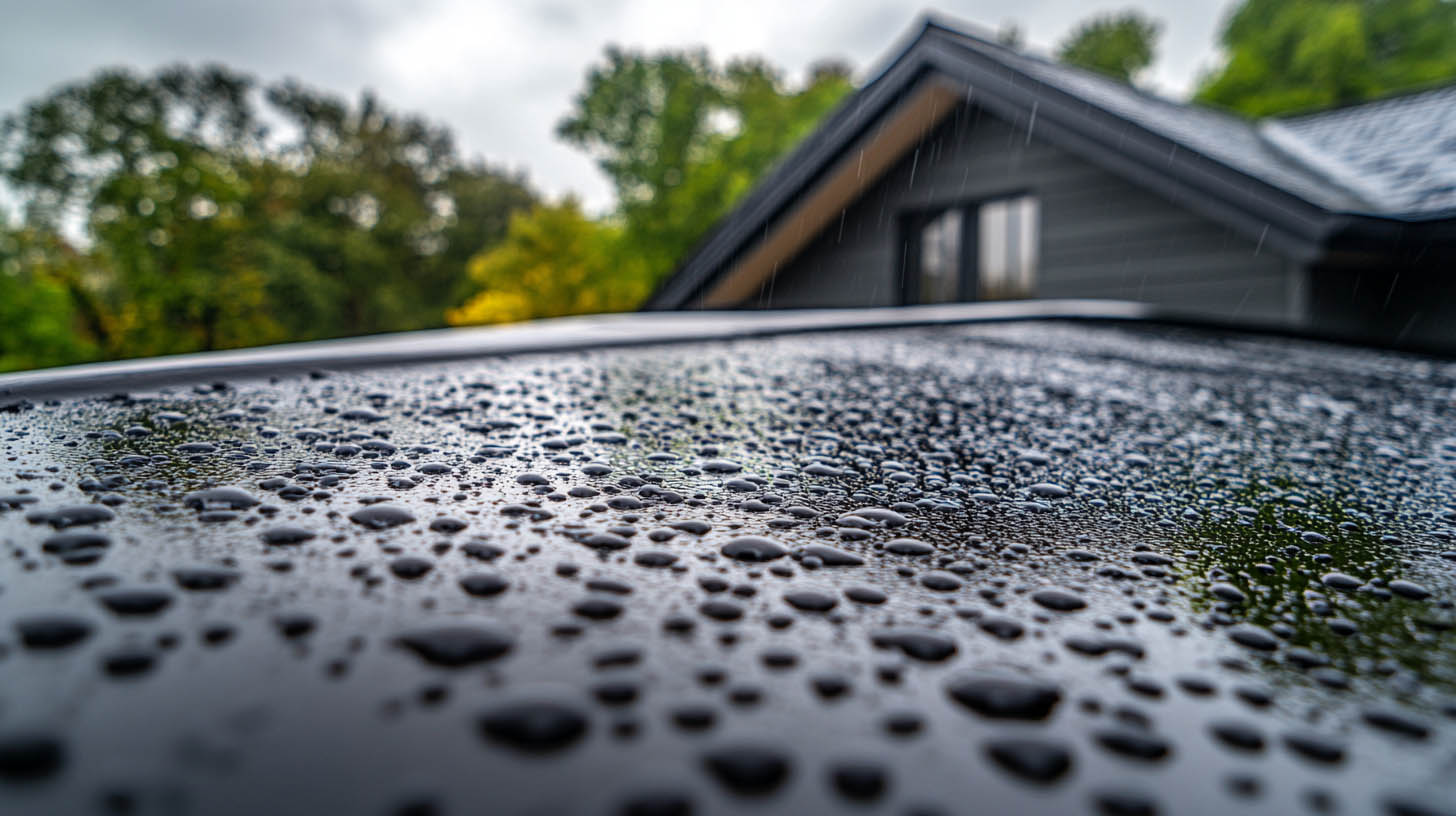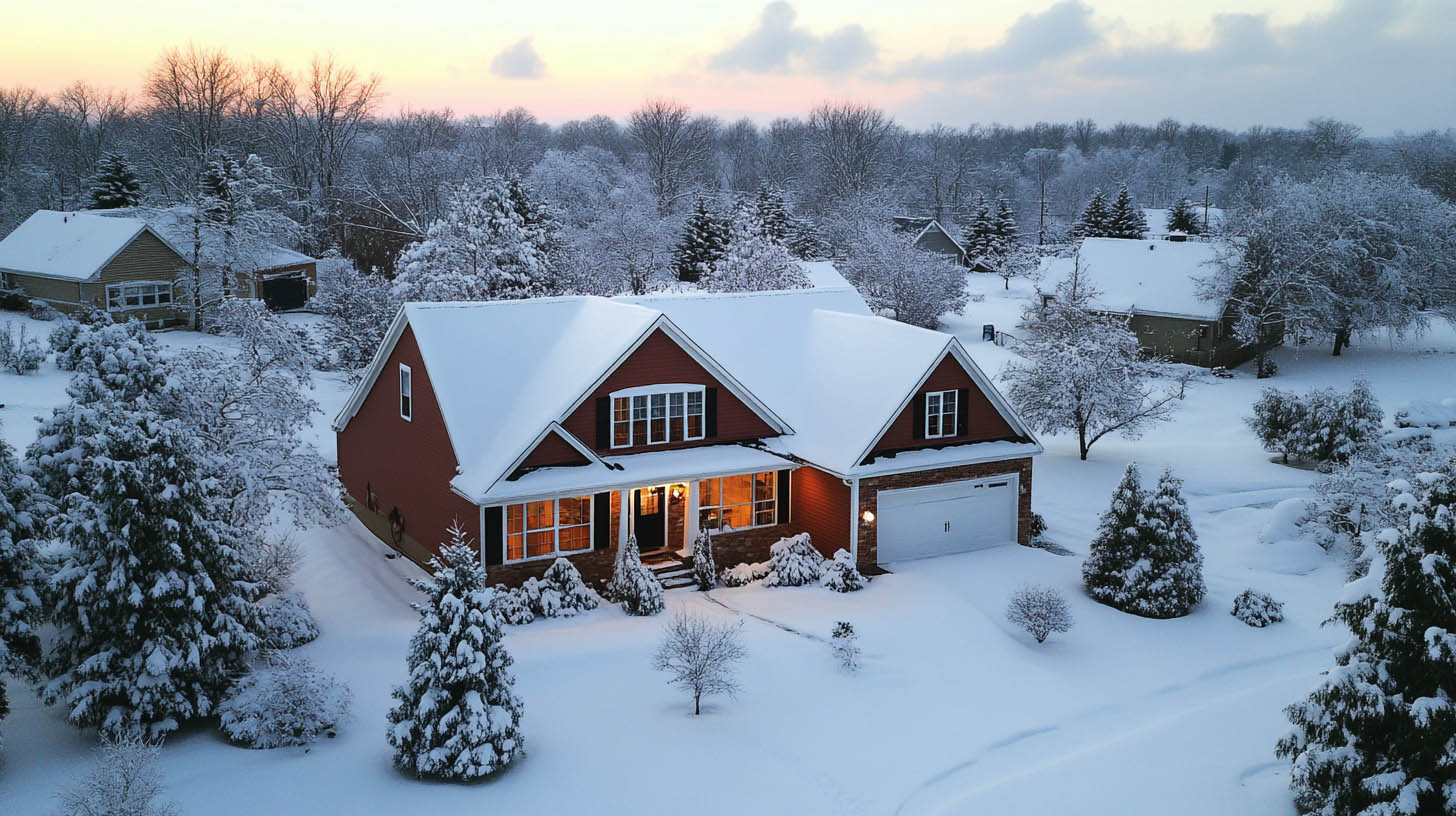In the realm of commercial roofing systems, where durability, weather resistance, and longevity are paramount, Built-Up Roofing (BUR) stands out as a reliable solution. Often recognized as the “tar and gravel” roofing method, BUR has been a preferred choice for decades, offering a proven approach to creating resilient, multi-layered roofing systems. At United Contracting & Roofing LLC, we specialize in installing and maintaining BUR systems, ensuring your commercial property remains protected.
What Is Built-Up Roofing?
Built-Up Roofing (BUR) is a traditional roofing system commonly used on commercial and industrial buildings. Known for its durability, BUR creates a waterproof and watertight surface through multiple layers of bitumen (asphalt or coal tar) and reinforcing fabrics like fiberglass or felt. These layers are alternately applied and adhered together to form a strong, cohesive roofing membrane.
Key Components of a Built-Up Roofing System
- Base Sheet: The initial layer, typically an asphalt-saturated felt or fiberglass mat, provides a stable foundation.
- Bitumen Layer: Hot bitumen (asphalt or coal tar) is applied over the base sheet, creating a waterproofing layer.
- Reinforcing Fabric: A layer of fiberglass or organic felt adds strength and stability.
- Bitumen Interply Sheets: Additional layers of bitumen-saturated felt or fiberglass, known as “plies,” provide extra reinforcement.
- Surfacing: The top layer can be gravel, mineral granules, or a reflective coating, offering UV protection and weather resistance.
Advantages of Built-Up Roofing
BUR offers numerous benefits, making it a popular choice for commercial roofing:
- Durability: Known for its longevity, BUR systems withstand weathering and wear due to their multi-layered construction.
- Fire Resistance: Especially those with coal tar, offer excellent fire resistance, ideal for buildings with strict fire codes.
- Weatherproofing: The bitumen layers create a waterproof barrier, effectively handling various weather conditions.
- Thermal Performance: The layers provide good thermal insulation, helping regulate building temperature.
However, there are considerations to keep in mind:
- Weight: The multiple layers make BUR systems heavy, possibly requiring structural reinforcement.
- Installation Complexity: Installing BUR involves hot asphalt or tar, necessitating skilled labor and specialized equipment.
- Maintenance: Over time, maintenance like re-sealing or re-surfacing might be needed to maintain performance.
When Is Built-Up Roofing Best Used?
Built-Up Roofing (BUR) systems are best suited for specific types of properties and situations where their unique characteristics align with the building’s needs. Here are some types of properties and situations where BUR is commonly used:
- Commercial and Industrial Buildings: Preferred for large structures due to durability and lifespan.
- Low-Sloped Roofs: Suited for low slopes where water drainage is slow.
- High-Traffic Roofs: Robust enough for roofs with heavy foot traffic and equipment installations.
- Fire-Resistant Requirements: Excellent for buildings needing high fire resistance, such as industrial plants.
- Extreme Weather Conditions: Resilient in regions with harsh weather, from extreme temperatures to heavy precipitation.
- Historic Buildings: BUR can blend aesthetically with older structures, preserving traditional roofing methods.
- Rooftop Gardens or Green Spaces: Provides a sturdy foundation for gardens or green spaces.
- Reflective Coatings: Can be paired with reflective coatings for improved energy efficiency in warmer climates.
Is Built-Up Roofing a Good Choice for My Commercial Property?
Built-Up Roofing stands as a time-tested and durable roofing solution, appreciated for its resilience, weatherproofing capabilities, and fire-resistant properties. With its multiple layers of bitumen and reinforcing materials, BUR systems excel in protecting low-sloped and flat roofs, particularly in commercial, industrial, and high-traffic environments. Its ability to withstand extreme weather conditions, foot traffic, and potential hazards makes it a reliable choice for structures seeking long-term performance.
While BUR offers numerous advantages, the decision to use this system should consider various factors such as the property’s specific requirements, budget constraints, and available roofing alternatives like single-ply membranes. Consulting with roofing experts can help determine the best roofing solution for your particular project.
Conclusion: Embracing the Reliability of Built-Up Roofing
Built-Up Roofing’s legacy lies in its ability to provide dependable protection for structures across a spectrum of industries and contexts. As roofing technologies continue to evolve, BUR remains a steadfast option for those seeking a robust, time-honored solution for their roofing needs. At United Contracting & Roofing LLC, we are here to guide you through the process of selecting and installing the right roofing system for your commercial property. Contact us today to discuss your built-up roofing possibilities.For detailed information on The Importance of Safety in Commercial Roofing, click here.

